
The Nkyinkyim Installation, a visual art exhibition by Kwame Akoto-Bamfo, would open in Cape Coast on June 17 on the theme: “In Memoriam: Portraits of the Middle Passage in Situ”.
A collection of 1,300 contemporised Nsiso heads, cast in concrete, would be showcased at the Cape Coast and Elmina Castles until September 16, 2017.
The collection, created by artist, Kwame Akoto-Bamfo represents the many Ghanaians captured throughout the regions of West Africa and taken to the Americas and Caribbean from Cape Coast and Elmina.
Speaking at a press conference to announce the exhibition in Accra on Monday, Kwame Akoto-Bamfo, Principal Artist for the Nkyinkyim exhibition, said the inspiration for the Nkyinkyim installation started out as a quest on his part to have a simple art work to talk about his heritage as an African and has since evolved over the years as new information came out.
He said his studies in African Studies at the Kwame University of Science and Technology brought the realisation that he did not know much about Africa thus the decision to start the project aimed at the bringing that history down to the ordinary person using art.
“So I thought: why not start with a series of works that can serve as bread crumps between the lines for the ordinary Ghanaian or African to learn about their heritage. From the onset I decided to take this piece and strip it off the elitism and bring it to the ordinary person,” he said.
In order to achieve this goal however, there was the need to ensure functionality of the art work by embarking on the Ancestor project, which is seamlessly integrated with the Nkyinkyim Installation, including activities like career guidance and counselling, and workshops aimed at using art an performance to empower and promote youth interest in African heritage.
“This exhibition is for everybody; it’s for white people, it’s for black people. We have to realise that this is for everybody and that is the inspiration for this installation,” he stated.
Mr Akoto-Bamfo said the team was aiming to create 11,111 heads. The first phase of 1,300 heads, he said was to tackle the point of conflict in African history, commonly referred to as the middle passage.
“Going forward, we are going to work backwards into our mythology and more to support the history that the installation tries to talk about” he said.
Mr Daniel Fennel, Director of Public Affairs at the US Embassy in Accra, who sponsored the project, said the United States had a defined national interest in having Americans to know Africa better and to understand the world better.
“We want to explain the diversity of our own country. The US is not one colour; one language and that’s something we have in common with Ghana…in some ways we represent as a people in the world a diversity of points or view, ethnicity and ancestry that is mirrored in a project like this,” he stated.
He said the US, through its programmes like the Fulbright Scholarship, sought to go beyond the political diplomacy to encourage human beings to know each other on a human level.
He said the work done; crafting human faces, with its different expressions, trigger a human affinity in those who see it.
Mr Daniel Dunson, curator and executive producer of the Nkyinkyim Installation also stressed the uniqueness of the portraits in eliciting that affinity in portraying that history, and which everyone could relate.
“There’s something about a face that mirrors your own self. This takes you down to the basic level of ‘these as people’. So as a person, you have been looking at another person who endured this terrible situation, so that the fundamentals that unifies everyone.”
About six to eight million people are thought to have lost their lives on the Atlantic Ocean during the era of the slave trade and buried at sea, having received no proper burial or memorials.
“Think of six million minds that would have added to the fabric of Ghana, Togo, Nigeria, Benin, Cameroon; the fabric of Africa and particularly, West Africa. Think about those creative minds, businesses, scientists, artists, academic minds; those are lost, and I think we suffer from that loss” he stated.
He added that one way for Africans to move forward from that loss was to acknowledge it and to honour those ancestors.
He urged Ghanaians, especially to participate in the exhibition, saying that it was time for Ghana to invest in its own resources, especially artists and expose them to the rest of the world instead of waiting for them to be celebrated outside first.
He said there was the need for change in culture of Ghana to appreciate its own artists and support them and stressed the need for domestic tourism to be boosted.
The ancestor project aims to eventually have a museum park and a permanent installation for the art work in Ada, which would also be a place where artists can get access to workshops and resources and which will also attract tourists to Ghana.
“From a curatorial perspective, my goal is also to take this exhibition, as much as we can, on the road,” Mr Dunson stated that there were already some concrete interest within Europe and the United states, and Cuba for the exhibition.
GNA

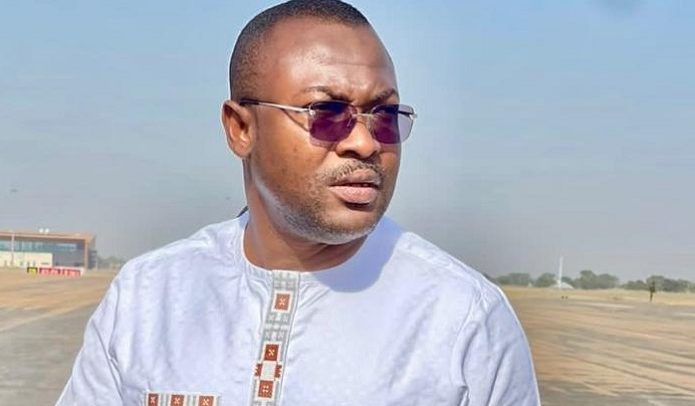
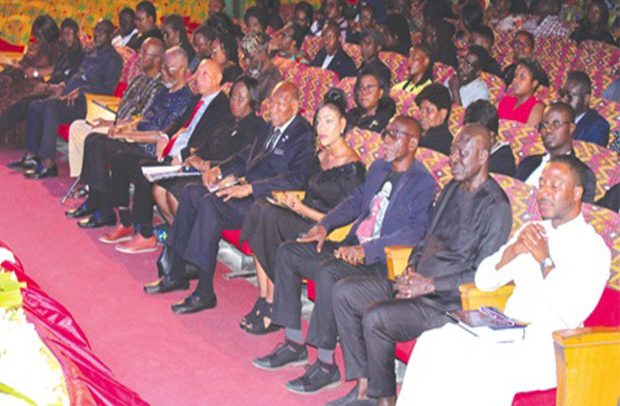
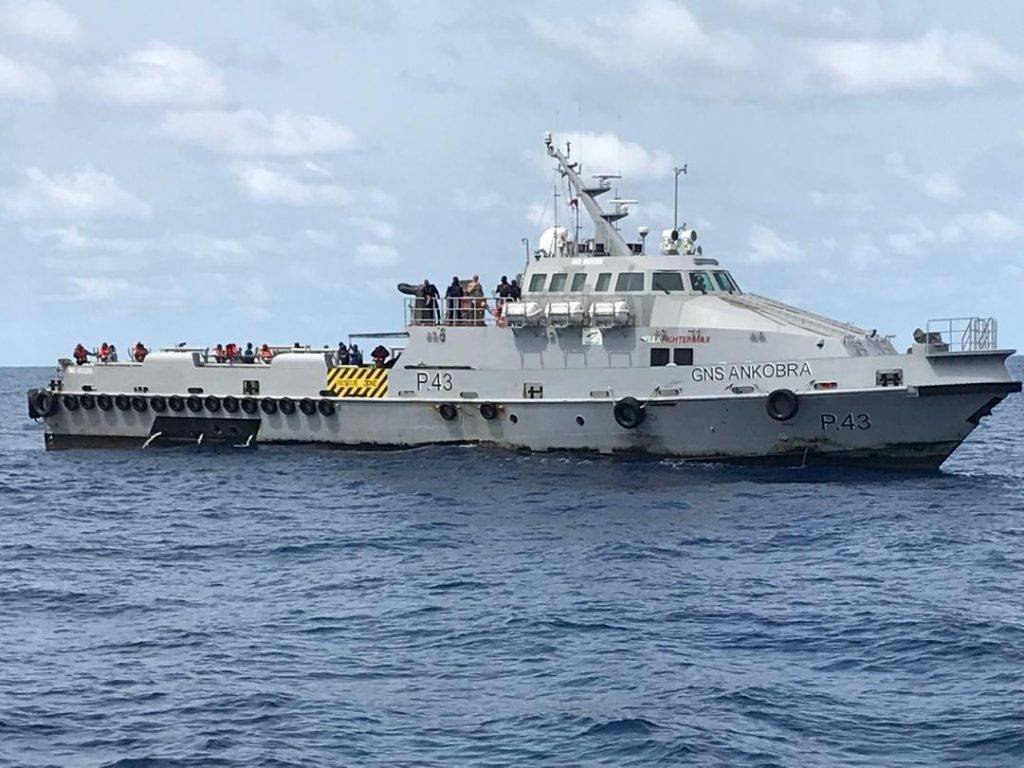
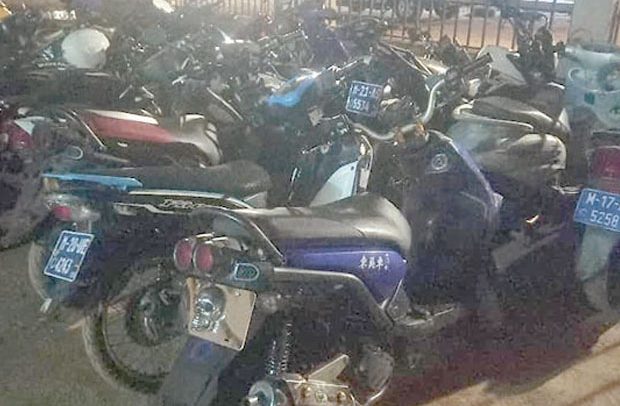

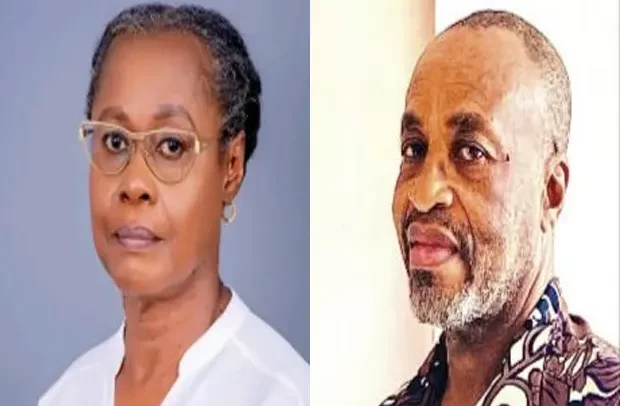
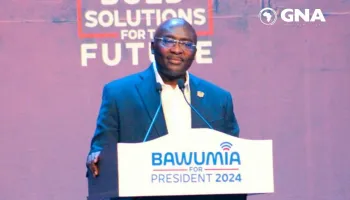











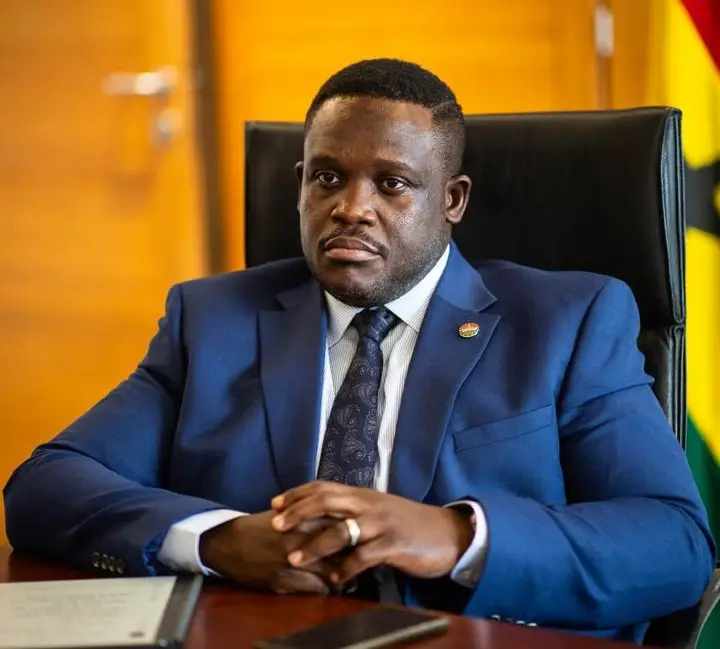








Facebook
Twitter
Pinterest
Instagram
Google+
YouTube
LinkedIn
RSS